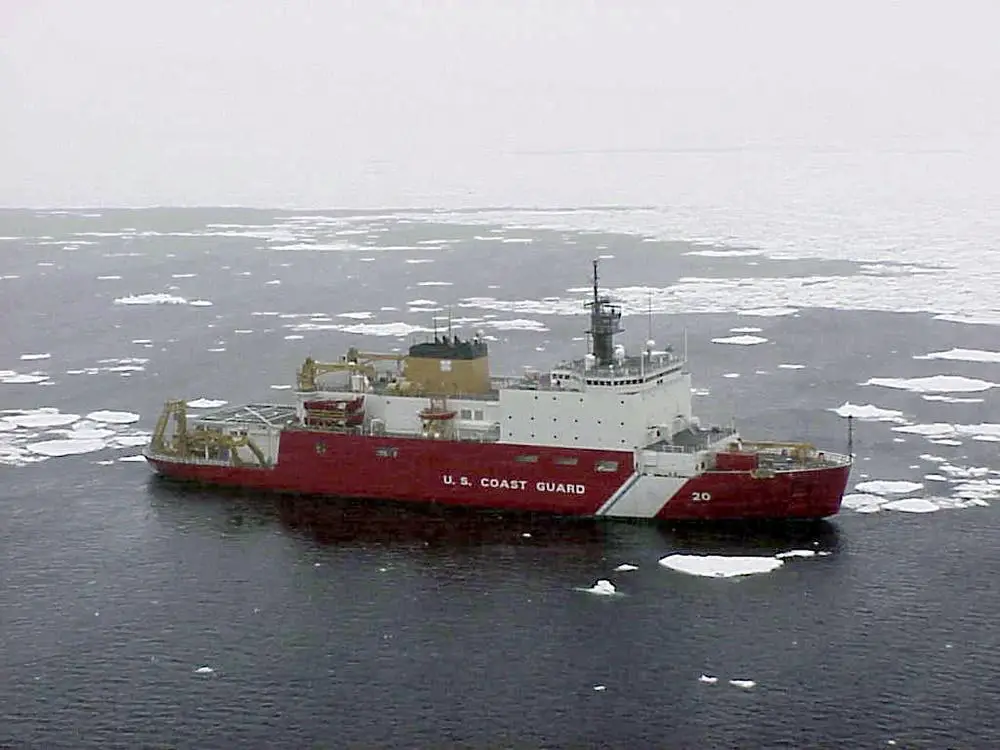VT Halter Marine Inc., Pascagoula, Mississippi, is awarded a $552,654,757 fixed-price incentive modification to previously awarded contract to exercise an option for the detail design and construction of the second Coast Guard Polar Security Cutter. The Polar Security Cutter Program is the program to replace the United States Coast Guard’s aging fleet of icebreakers. The current fleet of large icebreakers consists of one operational heavy icebreaker, the USCGC Polar Star, and one medium icebreaker, the USCGC Healy. Work is expected to be completed by September 2026. The U.S. Naval Sea Systems Command, Washington, D.C., is the contracting activity.
The Coast Guard is recapitalizing its polar icebreaker fleet to ensure continued access to both polar regions and support the country’s economic, commercial, maritime and national security needs. Polar Star underwent a three-year reactivation and returned to operations in late 2013. Since then, Polar Star has completed six Operation Deep Freeze deployments to resupply McMurdo Station in Antarctica. The Polar Star has also completed one rare winter journey to the Arctic. The Polar Star entered into a service life extension project (SLEP) in 2021 to extend the cutter’s service life by four years.

The polar security cutter will have a length of 460 feet (140 m), beam of 88 feet (27 m), and have a full load displacement of 22,900 long tons (23,300 t). The polar security cutter will be based on a German research vessel design that will be modified to meet USCG requirements, it will have a diesel-electric propulsion system, and will have accommodations for 186 crew, scientists, and others as a part of mission packages. The polar security cutters combat system will be derived from the Aegis Combat System, and the Coast Guard has not decided what weapons the cutters will carry.
The polar security cutter should be able to break through ice of 6.5 feet (2.0 m) at 3 knots (5.6 km/h; 3.5 mph), independently break through pressure ridges 21 feet (6 m) thick, and be able to operate for 80 days without replenishment. The medium icebreaker should be able to break ice not less than 4.5 feet (1.4 m) thick at 3 kts and operate for 80 days without replenishment. The ships will be equipped with surface and air search radars, will be capable of communications with other Department of Defense, Coast Guard, NOAA, and National Science Foundation ships and aircraft.

